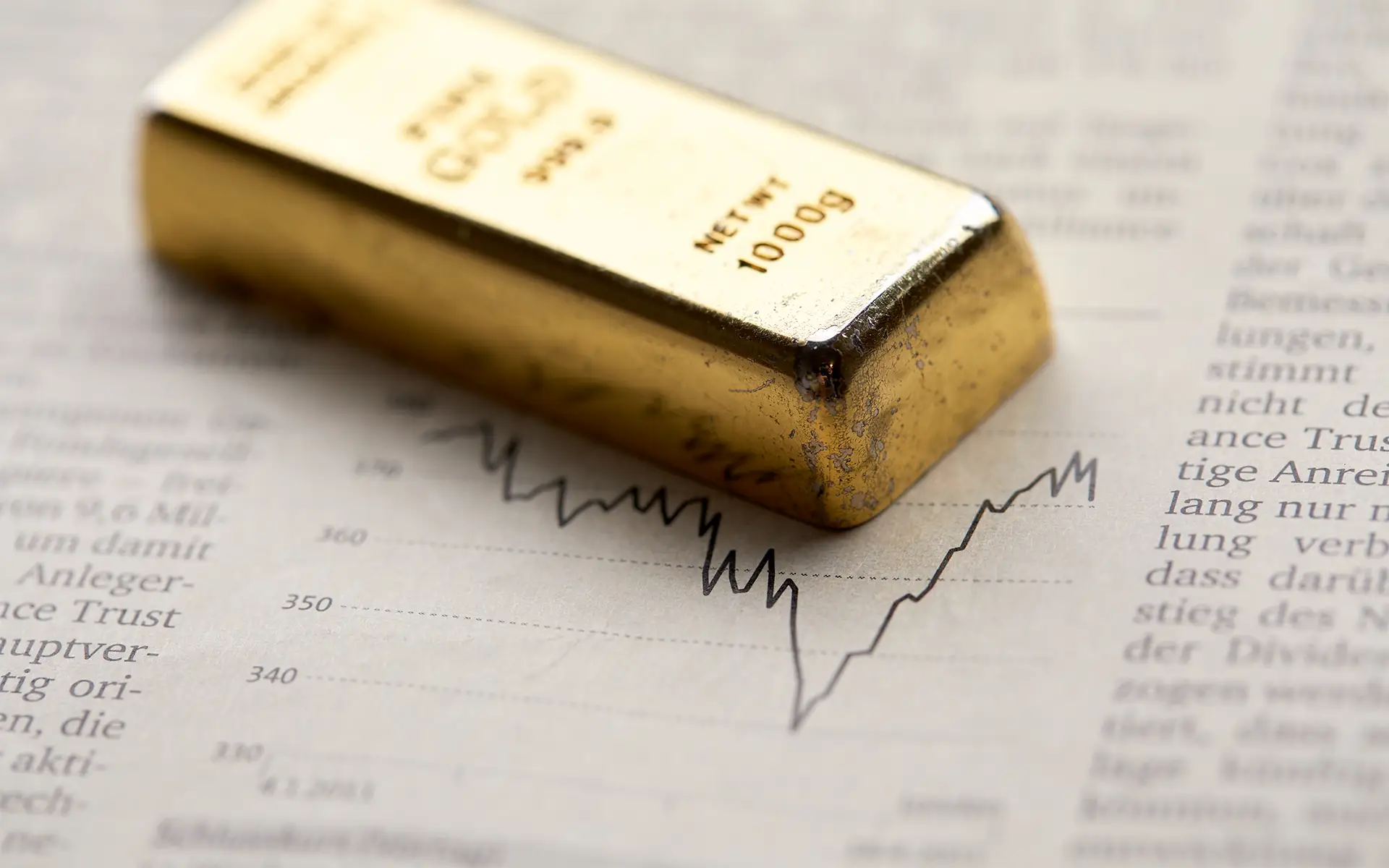Gold has been a popular investment option for centuries, and it continues to hold its value in today’s world. With the current economic uncertainty and market volatility, many individuals are turning to gold as a safe-haven asset. In this article, we will discuss the basics of investing in gold and the gold market in general.
Understanding the Gold Market
Gold is traded on global markets and its price fluctuates based on supply and demand. Gold is used in various industries, including jewelry, electronics, and aerospace, and as a result, its demand is high. Additionally, gold is seen as a store of value and a hedge against inflation, making it a popular investment option during times of economic uncertainty.
The gold market is composed of two main segments: the physical gold market and the paper gold market. The physical gold market refers to the buying and selling of physical gold, such as gold coins and bars. The paper gold market, on the other hand, refers to trading gold certificates, exchange-traded funds (ETFs), and futures contracts.
Investing in Physical Gold
Investing in physical gold can be done through purchasing gold coins or bars. These can be purchased from local coin shops or online dealers. The price of physical gold is determined by the market demand and supply, and it typically includes a premium to cover the costs of production, shipping, and handling.
Investing in paper gold
Investing in paper gold is an alternative to buying physical gold. Paper gold can be bought through ETFs, futures contracts, or gold certificates. An ETF is a fund that tracks the price of gold and is traded on stock exchanges. Futures contracts are agreements to buy or sell gold at a specific price in the future. Gold certificates are documents that represent ownership of gold without the need to physically store the metal.
Factors that Affect Gold Prices
The price of gold is influenced by various factors, including:
- Economic and political uncertainty: Gold prices tend to rise during times of economic and political uncertainty as investors seek a safe-haven asset.
- Inflation: Gold is seen as a hedge against inflation, so its price tends to rise when inflation is high.
- Interest rates: When interest rates are low, gold becomes a more attractive investment option as it offers a higher potential return.
- Supply and demand: Gold is a finite resource, so its price is affected by supply and demand factors.
Investing in gold can be a sound investment option for those seeking a safe-haven asset. However, it’s important to note that gold prices can be volatile and investors should do their research before making any investment decisions. By understanding the gold market and its various investment options, investors can make informed decisions and potentially benefit from the value of this precious metal.


